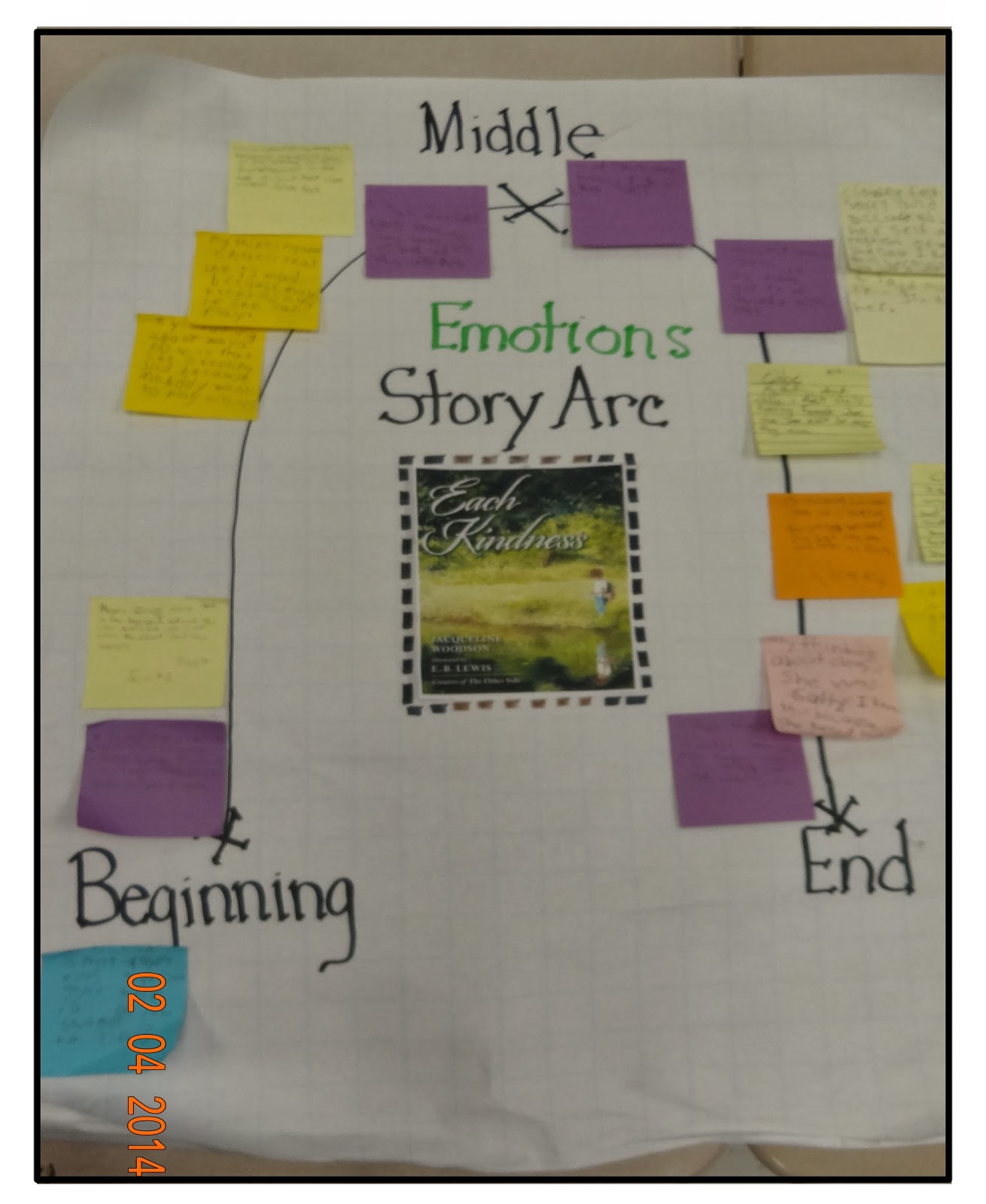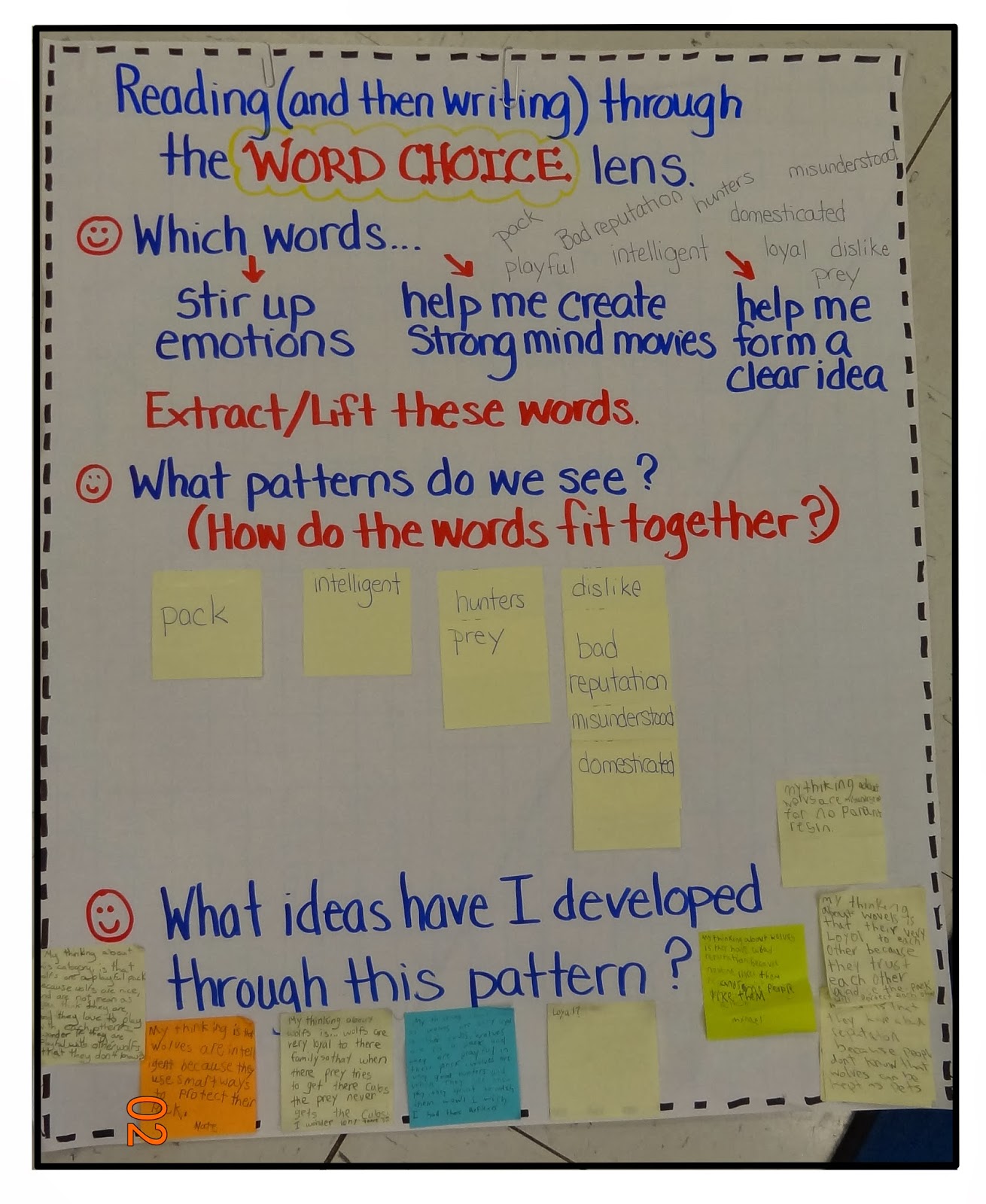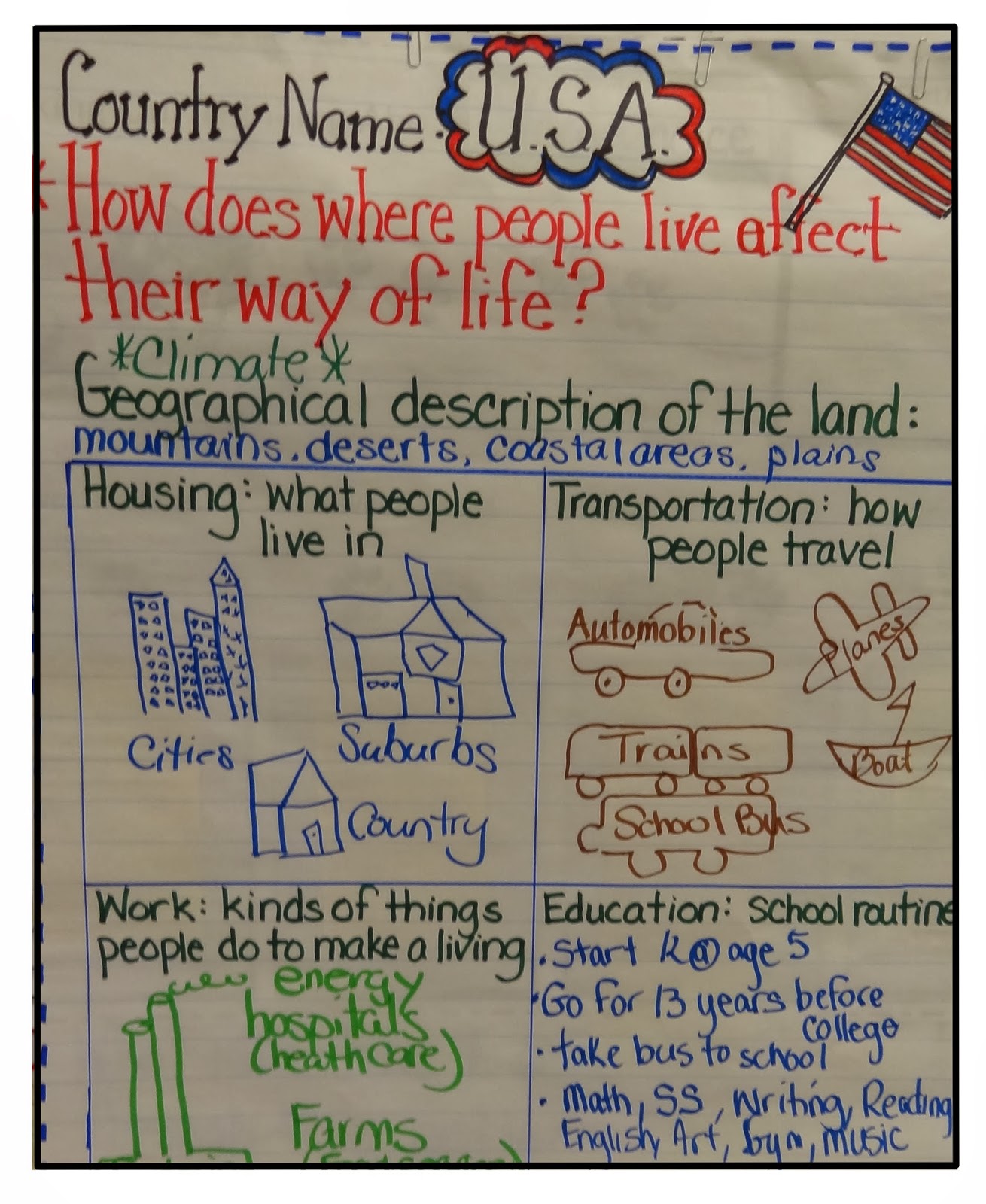Making my students' thinking visible has been a primary goal for me this school year. I am always searching for ways to keep them motivated and involved in collaborative inquiry. Below is a brief written and visual description of the "Tug of War" routine that I have used weekly since we began our Opinion Writing Unit of Study.
This routine is very similar to the game of tug of war. Most students are familiar with the game so they can see the connectedness. This routine helps students to understand the complex forces that occur when taking a stand or a side on an issue.
Each week my students decide on the debate issue they are most interested in. (From a list that we created during the opinion writing unit of study.)
I started by using the routine as a whole class activity in late October. As shown in the photos below, I presented the issue of whether or not students should have to wear a uniform to school. I then asked students to think about what side of the debate they would stand on and why. Next, I engaged students in a close reading of two different articles I found on the internet that focused on school uniform policies. One for and the other taking the opposing side. After reading the articles, I asked students once again to take a side. Students wrote their justifications on post-it notes. I encouraged them to think of other evidence that might make someone take their side on the issue up for debate. Students added their Post-it notes to the rope. We discussed the reasoning and evidence for each piece of evidence. The students decided on whether it was worth a "tug" on the rope...and the flag was pulled to the side that had the strongest and most convincing evidence. Additionally, I asked students to generate questions and ideas that might need to be explored further to resolve the issue. Do they still feel the same way about it? Have they made up minds or changed their minds?
Through the use of this routine, I am able to engage my students in inquiry-rich collaborative learning experiences. They are able to document thinking, share that thinking with their peers, and have fun! It is also a great way for me to assess their thinking and use it to guide further instruction.
PEACE!



































